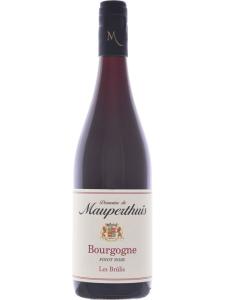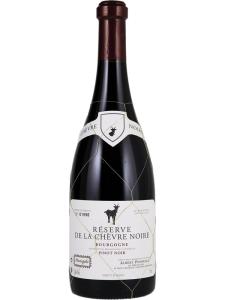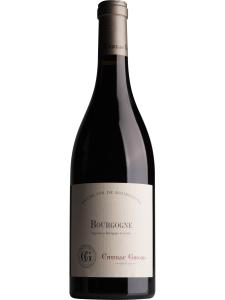Bourgogne Rouge wines are the still reds produced under the generic Bourgogne appellation. Created in 1937, it covers those Burgundy wines made from vineyards without location-specific titles. Bourgogne Rouge wine can be produced from grapes grown in any one (or more) of 300 communes throughout Burgundy.
Pinot Noir is the predominant grape used in Bourgogne Rouge, but Chardonnay, Pinot Blanc and Pinot Gris are permitted as auxiliary varieties. The less well-known red variety Cesar is also allowed, but only in the Yonne department in north-western Burgundy.
There are currently around 4600 acres (1850ha) of vines producing Bourgogne Rouge wines, spread right across Burgundy. This is roughly twice the production area used for Bourgogne Blanc. In the Cote de Beaune and Cote de Nuits sub-regions, this surface area is concentrated mostly on the lower slopes of the Cote d'Or escarpment; the land on the mid-slopes is generally occupied by more-prestigious Premier Cru and Grand Cru vineyards. Although covered by the plain Bourgogne appellation, the highest land in the Cote d'Or produces very little Bourgogne Rouge as it is also entitled to use the more-respected Hautes Cotes de Beaune and Hautes Cotes de Nuits titles.
The appellation laws for all Bourgogne wines are generally less restrictive than those covering Burgundy's location-specific titles. The maximum permitted yield is lower and the regulations around vineyard management factors, such as vine training techniques and vineyard planting densities, are also more relaxed.





